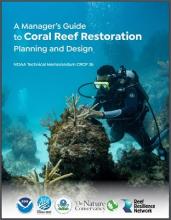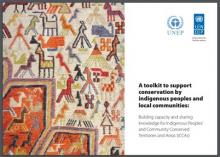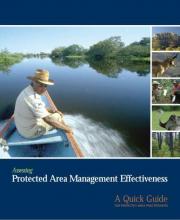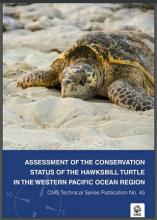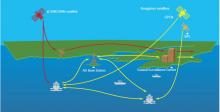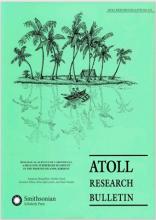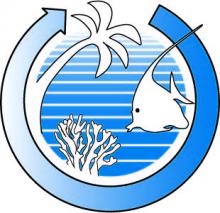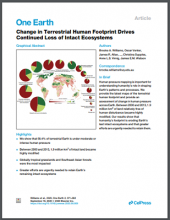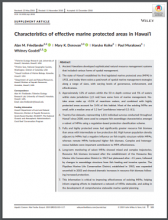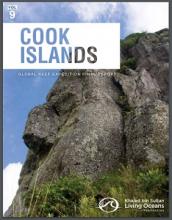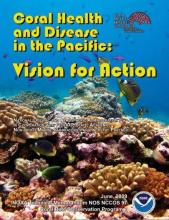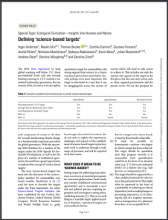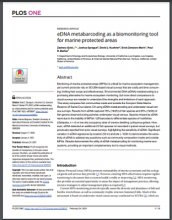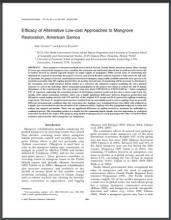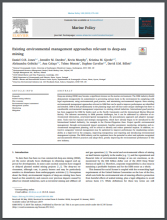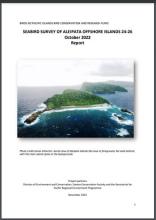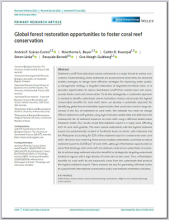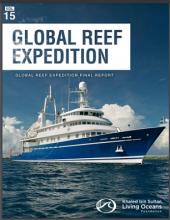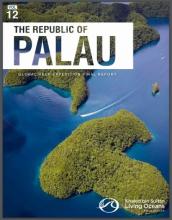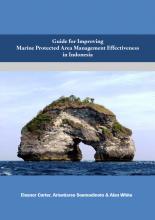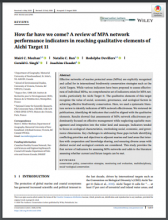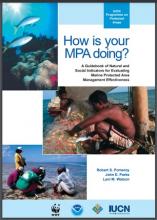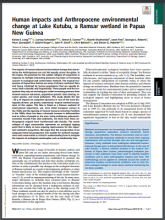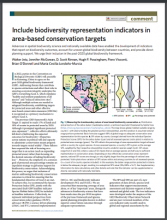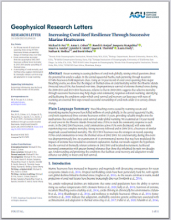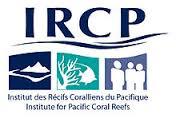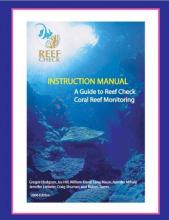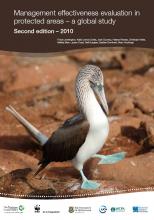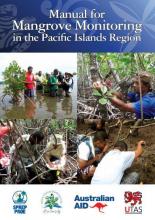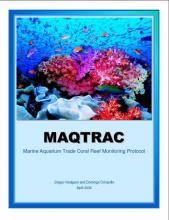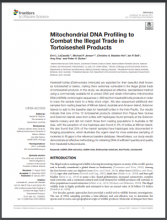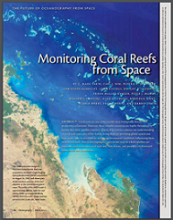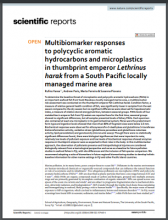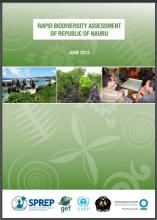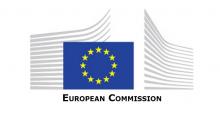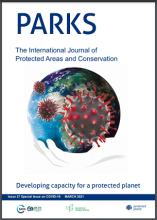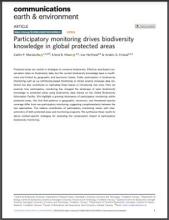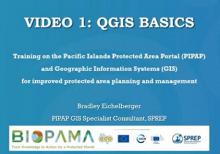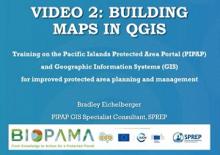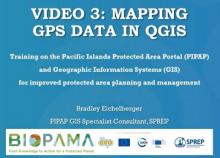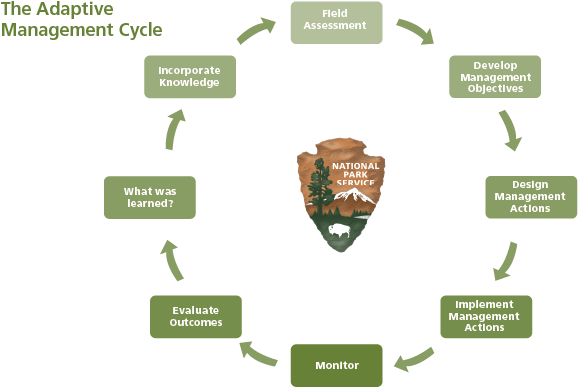
The objective of monitoring and evaluation is to determine if the management plan and annual work plans effectively contribute to achieving the plan’s objectives and desired conditions for the protected area. Monitoring and evaluation tasks should focus on rare resources, on activities authorized by the protected area administration, or on basic information needs for the protected area administration. With plan implementation under way, monitoring will provide the feedback loop for evaluating the plan.
Evaluation will identify whether the plan is being implemented effectively, that is, whether the existing guidelines are effective and, ultimately, whether the overall objectives are being met. Monitoring will also allow observation of the impacts of management and evaluation will suggest changes to management actions accordingly. Where implementation runs into problems, monitoring and evaluation can be used to signal needs for re-deploying management resources to improve plan implementation.
Plan monitoring and evaluation should determine if key aspects of the plan are working as intended or if changes need to be made to the plan. Evaluation should help determine if existing guidelines are effective at ensuring the sustainability of activities and resources. Not everything can be monitored. The plan should indicate the kind and frequency of monitoring that will occur regarding priority issues. Based on priorities, key measures of success will need to be identified for which monitoring data can be collected, initially to establish base conditions and subsequently to establish changes.
Specific monitoring activities will depend on the objectives that have been identified for the protected area, and may include, but are not limited to:
Species of concern (sharks, rays, whales)
Coral reefs
Plant communities
Benefits attained by local communities
Human disturbances
Extent of hunting and fishing
Infrastructure impacts
Instream flows
External threats to the PA
As with plan implementation, subject monitoring actions to a prioritization process, as limited resources will prohibit monitoring as much as would be ideal. Focus efforts on monitoring aspects of the plan relating to the most pressing threats to, and needs of, the protected area to assess whether or not the plan has been effective at reducing the impacts of those threats.
Examples of monitoring questions and measures:
- Are specific management activities being implemented as described in the plan and the annual work plan? Possible measure: percent and types of activities that are actually implemented.
- Are specific species populations responding to management actions as anticipated in the plan? Possible measures: population size and trend.
- Is the plan providing for local community benefits as may be realized by association or from participation in protected area management? Possible measure: proportion of community revenue generated by protected area management.
- Are ecological systems being restored as provided by management actions? Possible measure: proportion of protected area with desired ecosystem conditions.
- Have management actions changed the quantity, quality, and spatial distribution of marine and other habitats, to help meet plan objectives? Possible measure: proportion and types of habitats suitable for desired species.
Big Ocean: A Shared Research Agenda for Large-Scale Marine Protected Area
Wagner, D. (ed). 2013. Big Ocean: A Shared Research Agenda for Large-Scale Marine Protected Area.
Global Fishing Watch
Global Fishing Watch is the product of a technology partnership between SkyTruth, Oceana, and Google that is designed to show all of th
Papua New Guinea Forest Monitoring Portal
Papua New Guinea Forest Monitoring Portal
The Papua New Guinea (PNG) forests are
